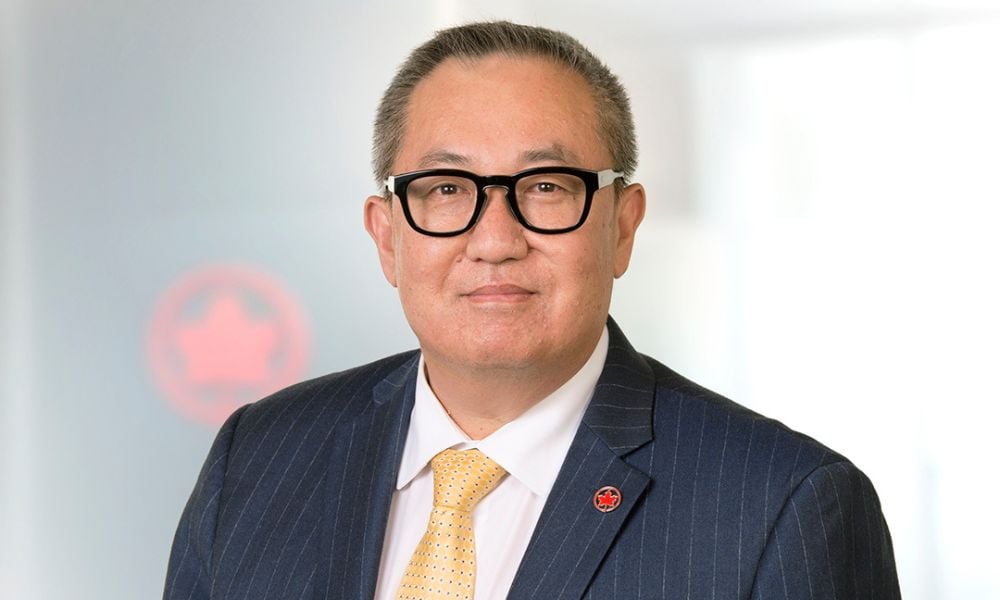'We really did have to invest and develop a good mobile app solution'

With employees around the globe, Canada faces a variety of challenges in adopting a workable strategy around wellbeing.
But to make it work, it’s about trying new tactics if the first ones don’t pan out, says Jim Chung, chief medical officer.
“Don’t be afraid to fail; be agile, throw stuff out there. Not everything is going to be successful; think outside of the box. Try something, if it doesn’t work, then pivot.”
Chung will be delivering a keynote speech on developing new workplace wellbeing strategies at the upcoming HRD Wellbeing Summit Canada, happening March 1 in Toronto, and he outlined some of the journey the company has undertaken to implement a successful program since 2017.
Air Canada was recently a winner at the annual Canadian HR Awards.
Version 2.0
Initially, the company rolled out a wellness app that had to address the unique needs of the workforce.
“A large component of our workforce is mobile by definition; they work and are mobile. They will layover in Frankfurt for example, or Delhi, so they don’t work in a traditional office. We really did have to invest and develop a good mobile app solution; we’re on version two of our mobile app, which is where you have to adapt quickly,” says Chung.
While the first version was “clunky” and didn’t fully provide what workers needed, version two is “much sleeker and much more user friendly and we had that opportunity to refine and improve it,” he says.
To make the strategy effective, the workforce must first be made fully aware of them, says Chung.
“You could have the best support services and if no one uses it, they’re useless. It’s important to have an effective communication strategy so that your employees have an awareness of what resources are available to them.”
‘Live it and breathe it’
Once the strategy has been communicated, it’s key to put the right people in place to ensure a successful implementation, according to Chung.
“You need to hire the right people for that role; they really need to live it and breathe it, and really be invested in wellness. You need to have that passion and drive because it affects others in terms of having that passion: it rubs off on others,” he says.
Most employers are putting adequate mental health supports in place, found one survey.
For employers looking to take that first step in the wellness journey, one of the biggest challenges early on is deciding what benefit offerings are right for the workforce.
“There’s so many vendors and so many products out there, you get inundated with this as an employer trying to understand what actually is of benefit? What are your employees going to need? What are they going to use? And what are they going to most appreciate?” says Chung.
Be sure to register today for the upcoming HRD Wellbeing Summit Canada.




